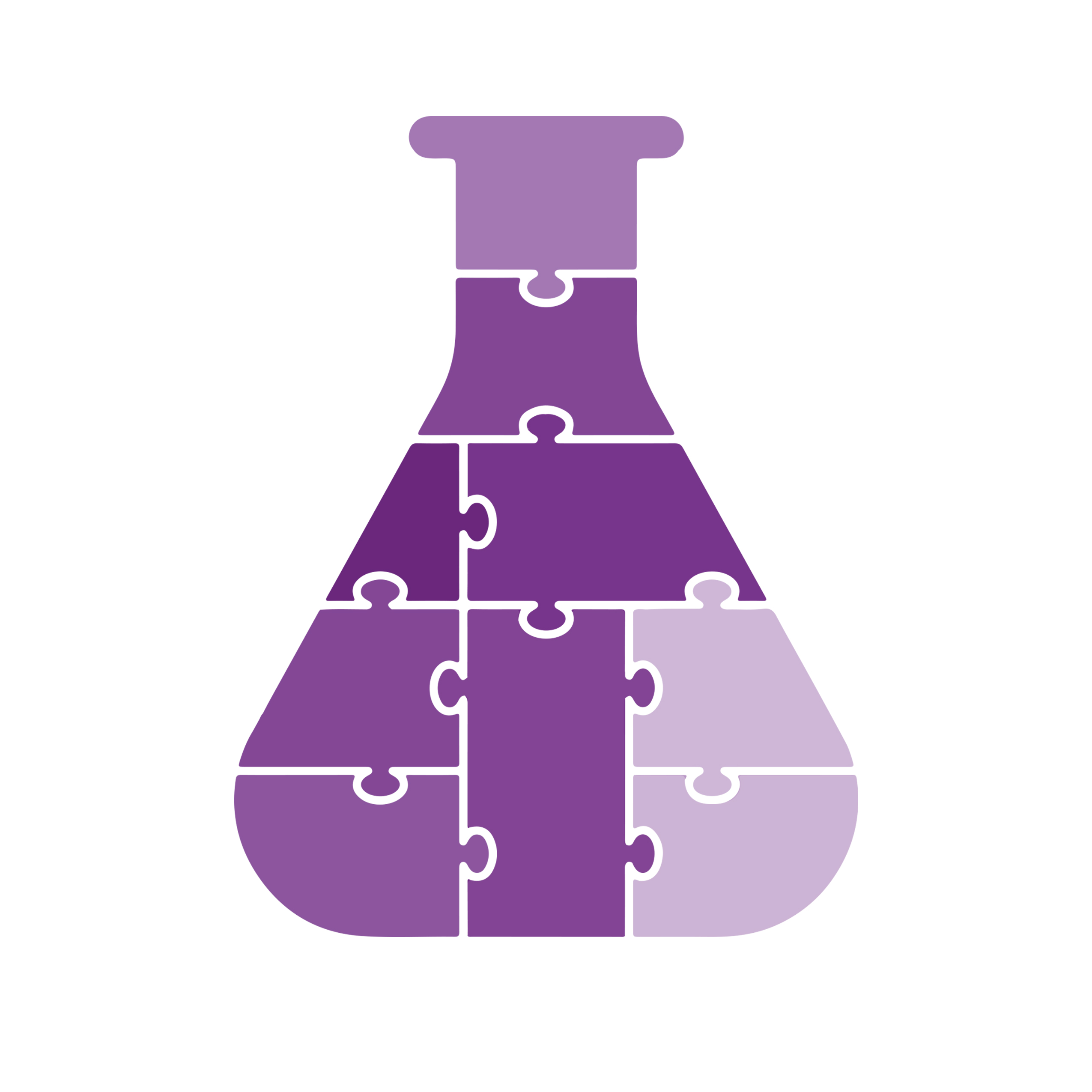主页 > COVID-19 > Covid-19 蛋白

Recombinant 2019-nCoV Spike protein S1 (P681H) (16-685) was expressed in CHO cells using a C-terminal His- tag.
|
C19S1-G232H-10 |
|
|
10 ug
20 ug
50 ug
100 ug
|
概述:
Novel coronavirus SARS-CoV-2 has caused the pandemic of the respiratory diseases (COVID-19) around the world in 2020 (1). The spike glycoprotein (S) of coronavirus, a type I transmembrane protein containing two subunits, S1 and S2 is known to bind with host cells through the interaction with angiotensin-converting enzyme 2 (ACE2) (2). Upon binding of S1subunit of Spike protein to the host ACE2, TMPRSS2 cleaves at the S1/S2 boundary or within S2 subunit to facilitate the entry of viral genomes into the host cells. Of the 14 defined mutations in the UK variant of SARS-CoV-2, also known as VUI-2020/01 or lineage B.1.1.7, P618H mutation in the Spike protein is found adjacent to the furin cleavage site rendering it more suitable for hydrolysis by TMPRSS2 and augmenting the viral fusion (3).
基因别名:
2019-nCoV s1, SARS-CoV-2 spike S1, SARS-CoV-2 S1, novel coronavirus spike s1, nCov spike s1, coronavirus spike S1.
Genbank编号:
参考文献:
1. Zhou P, et al: A pneumonia outbreak associated with a new coronavirus of probable bat origin. Nature. 2020, 579:270-89.
2. Lan J, et al: Crystal structure of the 2019-nCov spike receptor-binding domain bound with the ACE2 receptor. Nature. 2020, 581:215-220.
3. Erol A: Erol A. Are the emerging SARS-COV-2 mutations friend or foe? Immunol Lett. 2021, 230:63-64. doi:10.1016/j.imlet.2020.12.014
该产品没有相关的出版物。
Acute Respiratory Distress Syndrome , Cardiovascular Disease, Cell Cycle, Cellular Stress, COVID19, Gastrointestinal Diseases , Infectious Diseases , Inflammation, Lung Diseases , Neurobiology, Ser/Thr Kinases, severe acute respiratory syndrome coronavirus 2 , Virology